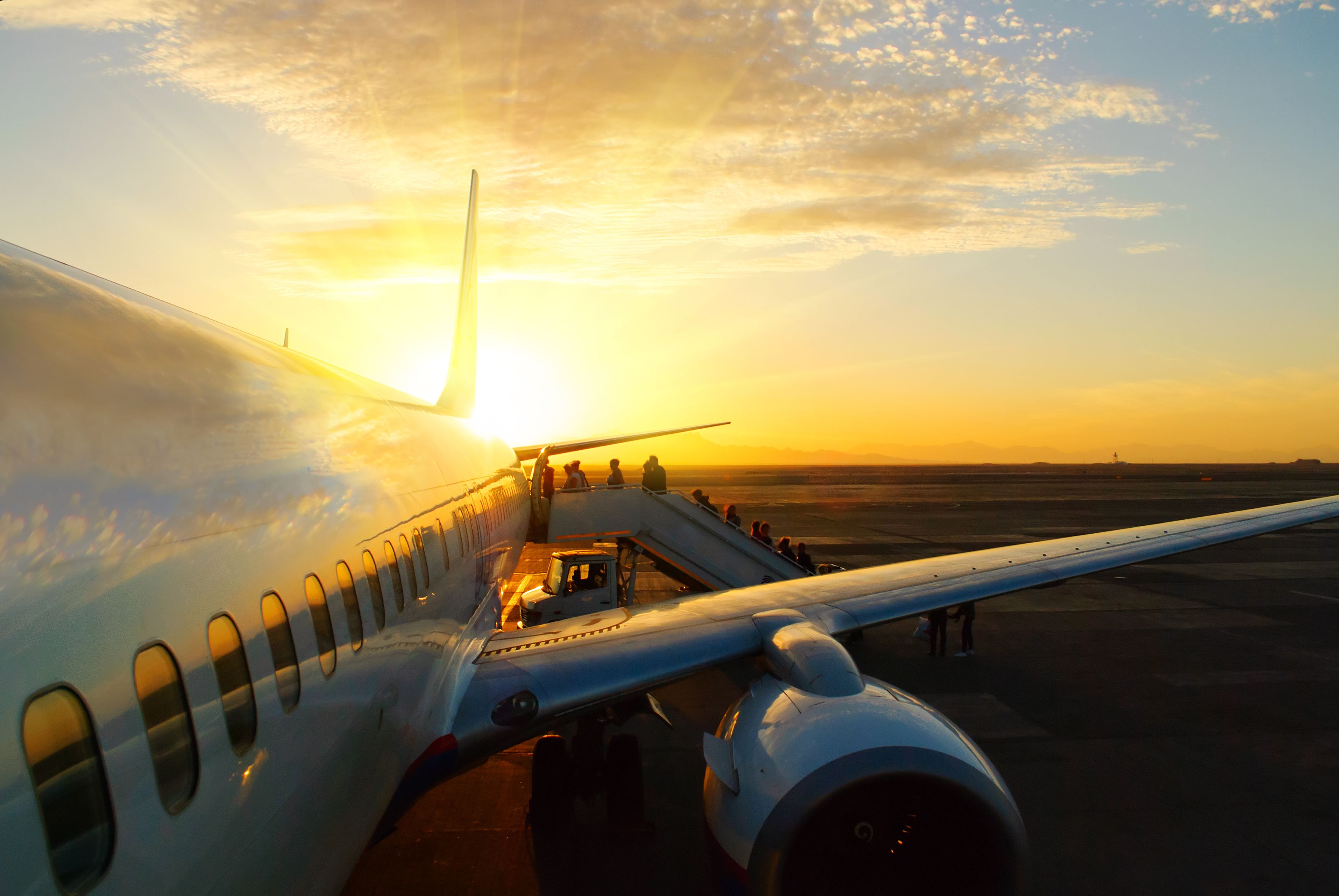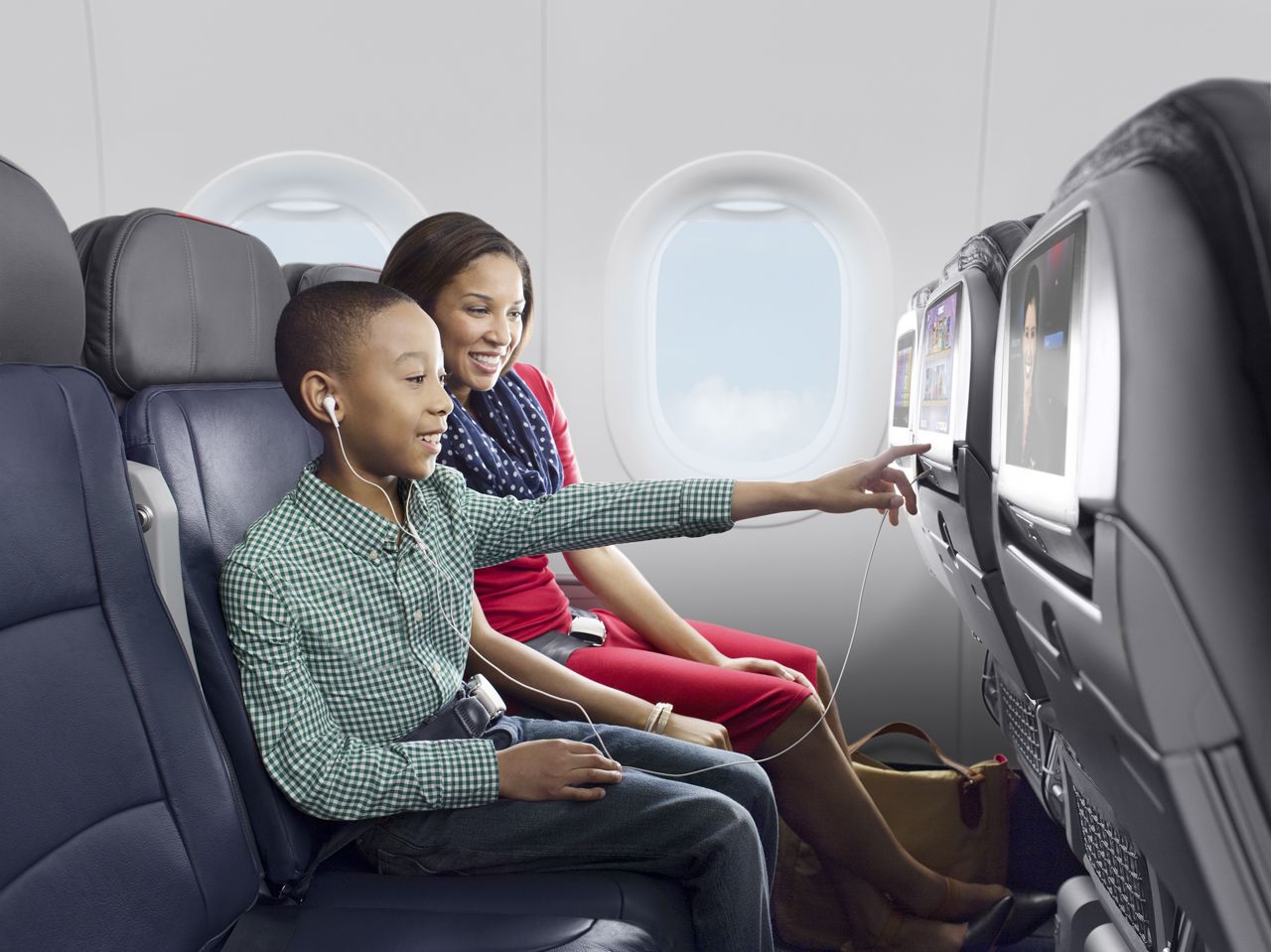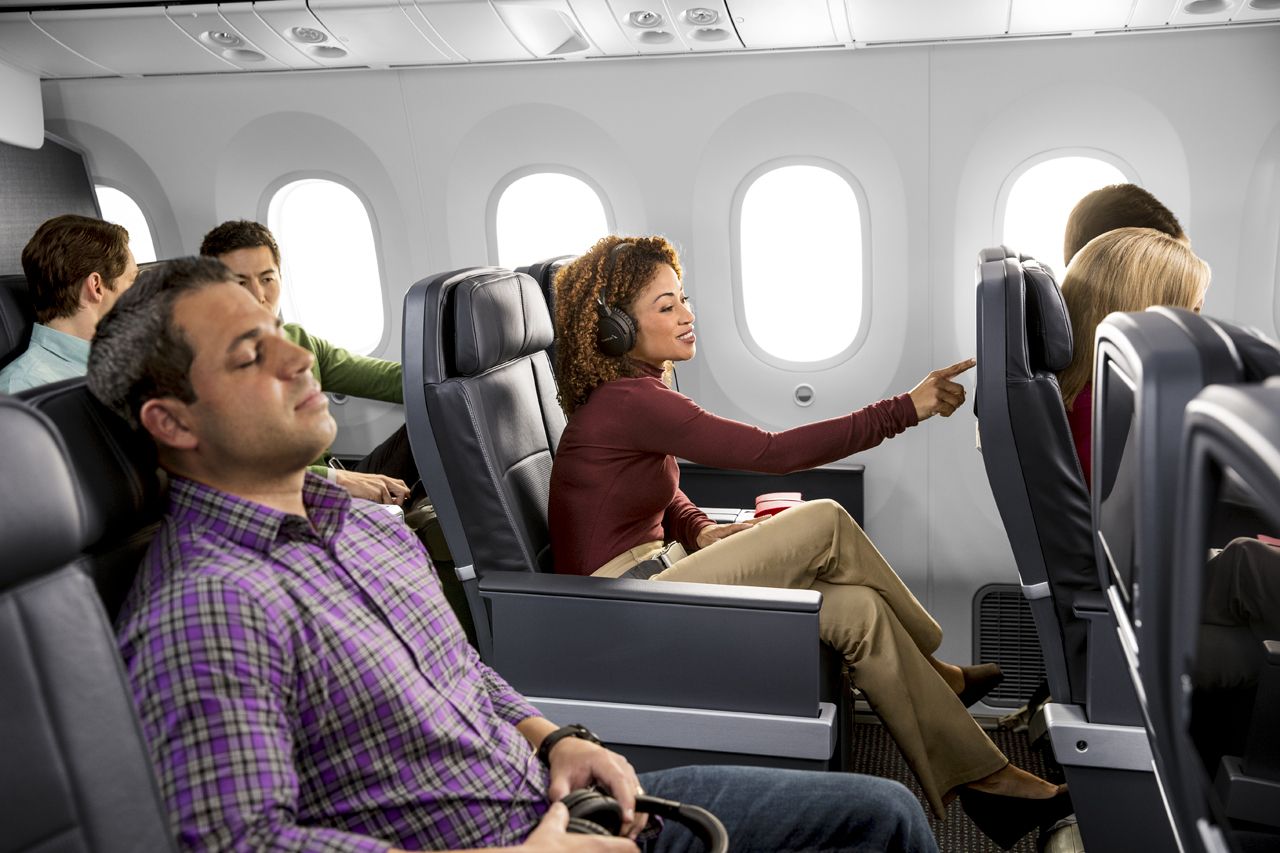The beauty of modern air travel is that it brings people from all walks of life together for the common cause of traveling from place to place. Any given flight will likely have a wide spectrum onboard when it comes to the ages of the passengers, but should this be restricted? A recent survey from PhotoAiD has suggested that, in the US at least, many passengers are in favor of child-free/adult-only flights.
Most view the concept favorably
If you fly frequently enough, it's inevitable that, once in a while, a noisy child might be on your flight. Of course, in today's aviation industry, where many passengers fly equipped with headphones, this is a problem that can be solved fairly easily. Crying babies also aren't going to force diversions in the way that drunk adults might.
Nonetheless, in a survey conducted with more than 1,000 American participants, PhotoAiD generally found that most US passengers are in favor of child-free flights, and would pay a premium for this to be a reality. All in all, around eight out of every 10 respondents confirmed that they did indeed want adult-only flights to be offered.
Naturally, there were divides among the demographics involved. For example, non-parents were more heavily in favor of the idea than parents. However, there was an even bigger difference between economy class passengers and those who typically fly in premium cabins, with their scores clocking in at 67% and 89%.
Want answers to more key questions in aviation? Check out the rest of our guides here!
Paying more for the privilege
Not only were most respondents in favor of such exclusive flights, but the vast majority were also willing to pay an extra percentage of their ticket price to ensure an adult-only experience. On flights of up to three hours, only 13% of economy class passengers indicated that they wouldn't pay extra, and just 1% in premium cabins.
In economy class, the most common bracket was 1-5%, as indicated by 24% of respondents. Nonetheless, 8% of these passengers said they'd be willing to pay an extra 30% or more. This figure was 17% among those accustomed to premium cabins, with their most common answer (20-30% extra) being selected by 27%.
On long-haul flights (defined by PhotoAiD as six hours or more), passengers would be even more willing to part with more money to keep their cabins child-free. Indeed, the survey notes that, across all passengers, 64% indicated that they would be willing to pay between 10% and 30% extra for this exclusive privilege.
Compromising on child-free zones
Whether airlines would ever actually introduce fully child-free flights is another matter, given the practicalities involved and the potential for age-discrimination lawsuits. However, something that certain carriers have already dabbled with is the implementation of child-free zones on their aircraft. According to PhotoAiD's survey, 69% of its US respondents indicated that they would be in favor of such areas.
According to the BBC, AirAsia X banned children under 12 years old from the first seven rows of the economy cabin on its Airbus A330s in 2013. This came a year after Malaysia Airlines implemented a similar policy in the upstairs economy section on its A380s, as Executive Traveller notes. India Today also reported in 2016 that IndiGo had designated rows 1-4 and 11-14 as child-free 'quiet zones.'
Sources: BBC, Executive Traveller, India Today, PhotoAiD



